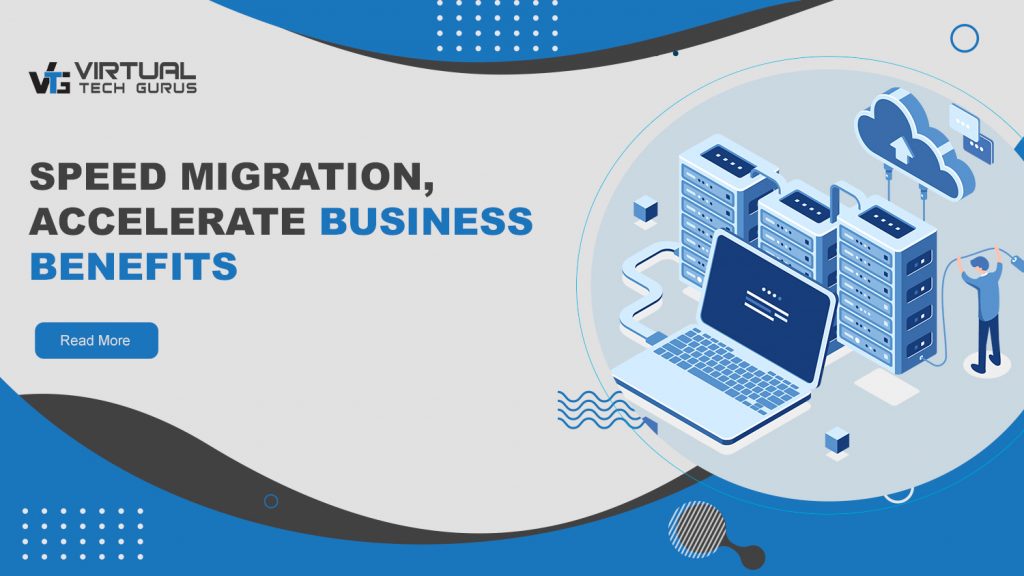
Speed Migration, Accelerate Business Benefits
Digital transformation remains a priority for many businesses. It’s key to greater efficiency, increased productivity and improved customer services. But the data center could represent a significant roadblock to transformation. Diverse platforms, storage systems and network infrastructure are no longer suitable for the accelerating pace of digital business. With continued growth of cloud-based applications and services, increasing adoption of artificial intelligence and pressure from business users, data center migration is essential.
Migration can provide many important benefits. The cost benefits can be greater than simply upgrading existing facilities, particularly if space is limited and scalability is needed for future expansion. Migration can lower overall costs and reduce the maintenance burden. It may improve security and enable the business to benefit from adoption of new cloud technologies. It will also ensure IT can respond faster to business demands.
Migration can make data center operations more agile and more efficient. It can give provide greater capacity to manage increasing volumes of data or improve the performance of applications and services that were not designed for legacy infrastructures.
Migration Complexity
However, data center migration can also be complex and disruptive — careful planning and efficient processes are essential. One of the main challenges of data center migration is time. There are many important stages in the process and they can prove very time consuming. Migration moves through initial planning, discovery, scheduling, change management and pre-migration tasks before the main move, with further post-migration and validation tasks to follow. Rushing or skipping any of the stages carries risk and can impact the success of the project.
Migration also means downtime and that can be damaging to business processes. While a number of migration tasks can be handled outside business hours, many businesses run online services or mission-critical processes round the clock, particularly if they operate in international markets. That makes faster migration a strategic imperative.
Handling migration internally can be difficult. Day-to-day operational issues can divert staff from the more strategically important tasks of migration and digital transformation. They also have to respond to unexpected issues or outages while managing growing numbers of disparate business applications.
Automation Essential
VTG has found through experience and customer feedback that working with migration specialists using automation tools and best practice tools can help reduce migration times by 30 to 40 percent compared to traditional in-house methods and lower costs by up to 25 percent.
VTG’s patented automation tool ZENfra integrates initial assessment, development of a strategic migration plan and pre-migration to ensure a successful end-to-end transition. By automating the collection of data from log files, this tool eliminates the complexity of data capture and reduces the risk of human error. The ZENfra process includes data collection, processing and data generation, reporting and automation.
Faster migration minimizes downtime and reduces the pressure on busy IT staff. It also ensures that the business can gain the planned benefits faster creating a data center that is more efficient, easier to maintain and more responsive to the demands of digital transformation.
Find Out More
If you would like to know more about data center migration, please check out the articles and infographics on our website.
